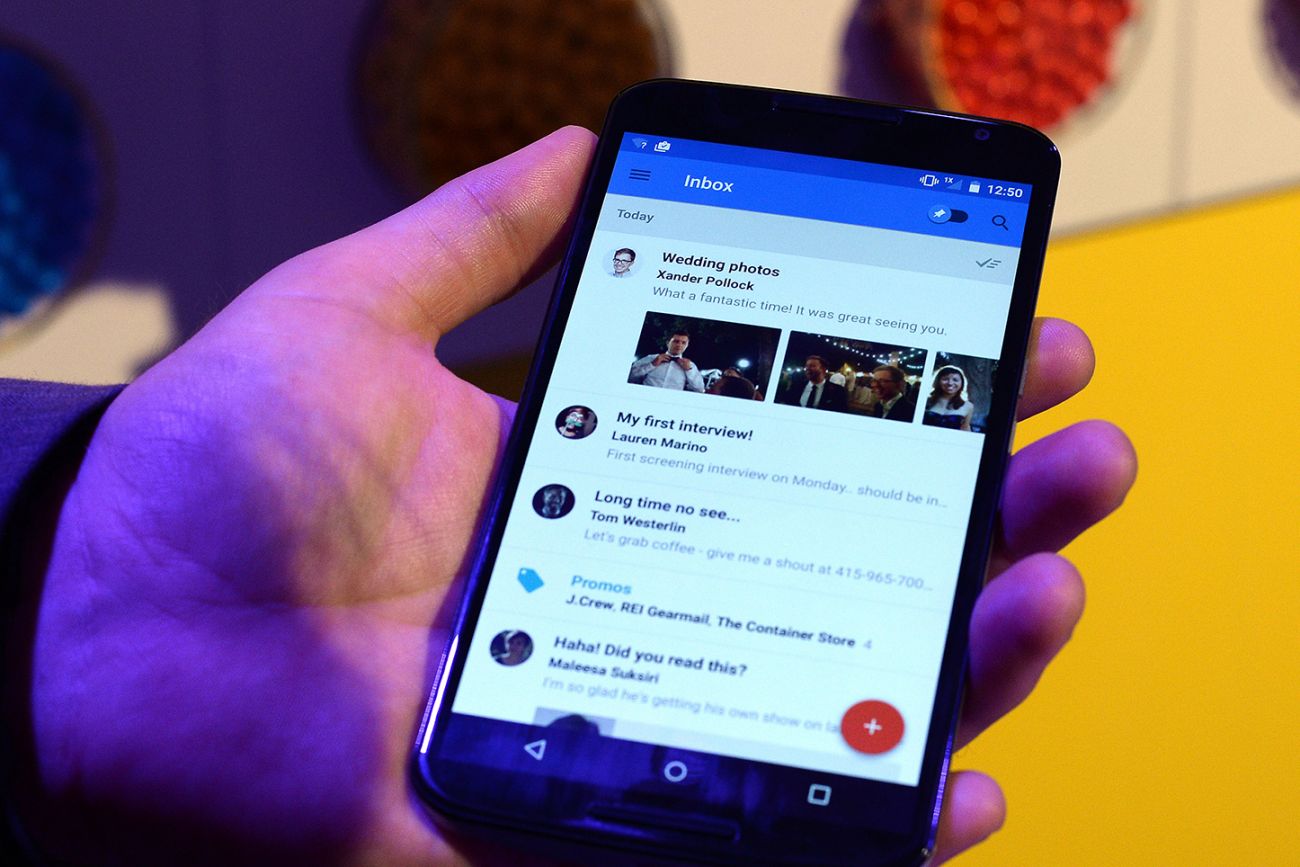
Make sure your emails end up in users’ primary inbox.
5 min read
As an entrepreneur, email marketing can power a strong revenue stream for your business. With more than 1 billion people using Gmail each month, chances are you have quite a few people on your email list using the platform.
Related: The Best Days and Times to Send Your Email (Infographic)
With Gmail playing such an important role in your email marketing, it’s important to know how to keep your marketing emails to stay out of Gmail’s Promotions tab and instead ensure your emails are delivered to your audience’s primary inbox tab.
Although only Google knows its exact algorithm for flagging emails as Promotions, there are several things you can do to increase the odds of landing in the primary inbox.
Segment your lists.
One of the main reasons your messages end up in Gmail’s Promotions tab is because people don’t realize that Gmail has the ability to track whether a contact opens and clicks in your emails. If a contact always opens and clicks in your emails, your messages have a better chance of going to the Primary tab.
On the other hand, sending emails that your contacts ignore tells Gmail they’re not interested and the messages are more likely to be sent to the Promotions tab.
To avoid “teaching” Gmail that your contact is not interested in hearing from you, leverage an email marketing tactic called list segmentation. This is when you send emails to your list to get customers to “raise their hand” by clicking on a link in the email that indicates their interests and automatically adds them to a segmented list in your email marketing software.
Once you know that, you’re able to send targeted emails to your contacts that will have a higher chance of being opened, read and clicked on. And the more a contact engages with your emails, the more likely you are to avoid the Promotions tab.
Related: How to Boost Deliverability and Win at Email Marketing
For images, less is more.
Using multiple images is another reason why messages end up in the Promotions tab or Spam folder.
In addition to being able to track how a contact engages with your content, Gmail is also able to “read” your messages and determine if it looks like it was sent from a business or a friend. For example, businesses use lots of images and go into the Promotions tab; friends don’t and go to the Primary tab.
Try to keep your content text-based and use one image at most. This goes for using fancy HTML as well.
Related: How to Write Emails People Will Actually Open
Go easy on the links.
Excessive use of links will send your messages to the Promotions tab or Spam folder for the same reason as using multiple images. Rather than placing links randomly throughout the email, give your contact one clear call to action to improve your conversion as well as inbox placement.
You should also refrain from linking to all of your social media pages at the bottom of your emails. Even though making sure that your subscribers are connected to you on social media is a smart idea, linking to all of your social media pages is something that businesses do.
Related: How to Make Sure Your Company’s Emails Stay Out of the Spam Folder
Make it personal.
Not personalizing your messages is another big reason why emails get sent to the Promotions tab. Often, Gmail sees messages that don’t use a contact’s first name as promotions since a friend would typically address a person by name whereas a mass message would not.
Assuming that your contacts gave you their first name when they subscribed, adding their first name to emails is easy. You can use what is called a “merge field” to insert a contact’s first name anywhere in the email.
People respond better to personalized emails, so not only does this help inbox placement but it will also help your conversions.
Related: When to Use Your Email Signature for More Than a Sign-Off
Subject lines matter.
Like images and links, one too many emojis, as well as certain words, can also cause your email to go to the Promotions tab.
Try to avoid marketing words in the subject lines of your emails, such as “free,” or anything about money such as, “$$$.” Those words and symbols will definitely get your messages sent to the Promotions tab, or even worse, the Spam folder.
Personalization in the subject line also helps to keep your messages out of the Promotions tab and helps to boost open rates. My personal highest open rate subject line is: “for [first name of contact here].”
These tips will help keep your marketing email out of Gmail’s Promotions tab and will also work for other email providers. Gmail is the market leader behind only the iPhone email app with a 24 percent share of the email market. Because Gmail has such a large market share you should do everything you can to work with Google since everybody else tends to follow its lead.
Occasionally, when you sign up for an enewsletter or marketing promotion, the business provides instructions on how to keep its emails from going to the Promotions tab, or so-called “white-listing.” This is a good practice to incorporate into your email marketing.
After someone joins your list, the first email you send them should be instructions for how to ensure he or she gets your content. People are most likely to notice and act on the instructions when they’ve just signed up.
Opinions expressed by Entrepreneur contributors are their own.

Comments are Closed